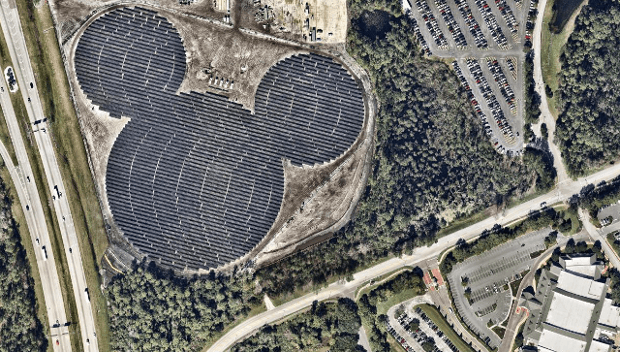Historically, rooftop solar arrays have drawn cheers or jeers from neighbors. Now, solar farms are coming under attack for their appearance. Project designers, take note…
Bennington, Vermont is the scene of one of the latest NIMBY (Not In My Back Yard) case against a solar project based on aesthetics. According to VermontWatchdog.org, the Vermont Public Services Board denied certification of Chelsea Solar, was one-half of a 4-megawatt, 27-acre solar array planned for a forested area east of U.S. Route 7, in the Apple Hill residential area of Bennington.
Vermont has a set of aesthetic development standards known as the “Quechee test,” which was commonly used to fight windpower developments in past decades. Now, it is being used to pass judgement on large solar projects as well. Under the Quechee test, an adverse effect is considered undue when a positive finding is reached regarding anyone of the following factors:
- Does the project violate a clear, written community standard intended to preserve the aesthetics or scenic beauty of the area?
- Have the applicants failed to take generally available mitigating steps which a reasonable person would take to improve the harmony of the project with its surroundings?
- Does the project offend the sensibilities of the average person? Is it offensive or shocking because it is out of character with its surroundings or significantly diminishes the scenic qualities of the area?
As any reader can clearly see, at least two of the three criteria of Vermont’s Quechee test are very subjective. According to reports, the aesthetic concerns were recently raised by a single area resident in regard to the Chelsea solar project, and despite lack of widespread public support, the single activist was able to stop the project using the Quechee test criteria.
Throughout the case, the activist, a retired New York school teacher, received “harsh criticism” from the projects father and son development team of Thomas and Michael Melone. The duo own New York-based Allco Renewable Energy, the parent company of the Chelsea Solar project.
In a August 12th petitioner’s reply brief , Michael Melone disparages the activist as a “lone wolf” objector and dismisses her worries as “NIMBY concerns.” Ironically, in 2010, Thomas Melone himself tried to block the Cape Wind offshore wind project over similar “NIMBY” concerns — namely, the giant turbines would stand in view of his summer home on Martha’s Vineyard.
Independent solar projects, commonly referred to as “rooftop solar” are becoming less of an issue as neighbors become accustomed to the look of solar panels, and as panel design and rack technology give independent solar a sleeker and more low-profile appearance. However, as centralized solar generating plants get larger and larger, the public concern over the aesthetics of solar installations have shifted away from small independent projects to large, utility scale installations.
Meanwhile, not all large solar developers are all oblivious to the aesthetic element of their projects. If fact, Duke Energy’s new solar generating station in Orlando, Florida is laid out in the shape of Disney’s Mickey Mouse-head logo to greet visitors flying into town. According to Inverse.com:
The farm is 48,000 solar panels across 20 acres, with an energy output of five megawatts, according to builder Duke Energy Florida. That a large structure forms an image from above is a tradition that dates back to cruciform churches and the Nazca Lines in the Peruvian desert. But with the advent of Google Maps and the DJI Phantom quadcopter, it’s becoming more important than ever to have sh*t look awesome from above.

Less “Mickey Mouse” approaches to making large solar arrays more acceptable generally involve screening off projects with trees or landscaping. Another approach is building integrated solar, which has been slow to take off in the current trend away from independent, distributed generation of solar to a utility-scale model. However, developers in other parts of the world are looking at innovative designs that may “up the game” of building integrated, distributed solar in the near future. In China, plans are underway for the construction of the Phoenix Towers, which, if built according to plans, will not only be the world’s tallest towers, but will be covered with building integrated solar as well. Meanwhile, in the United Arab Emirates, several solar mega-structures are slated for construction in the next five years.
Meanwhile, in the US, look for more NIMBY backlash to large solar projects, and more innovative ways to make them more aesthetically pleasing.






